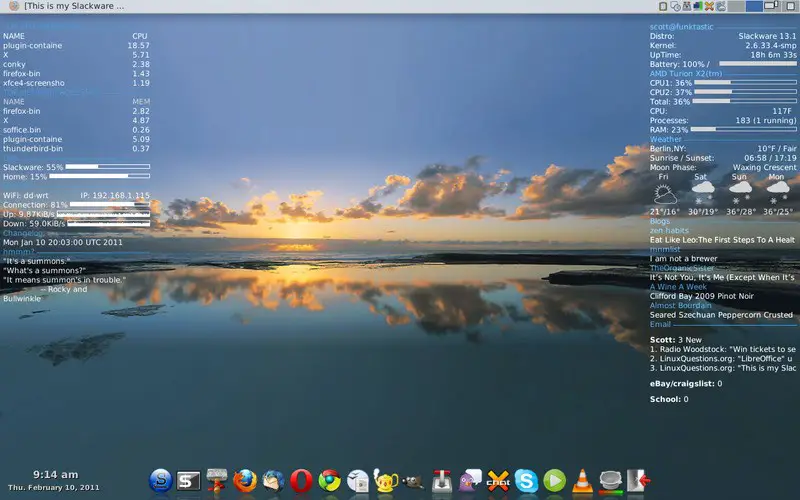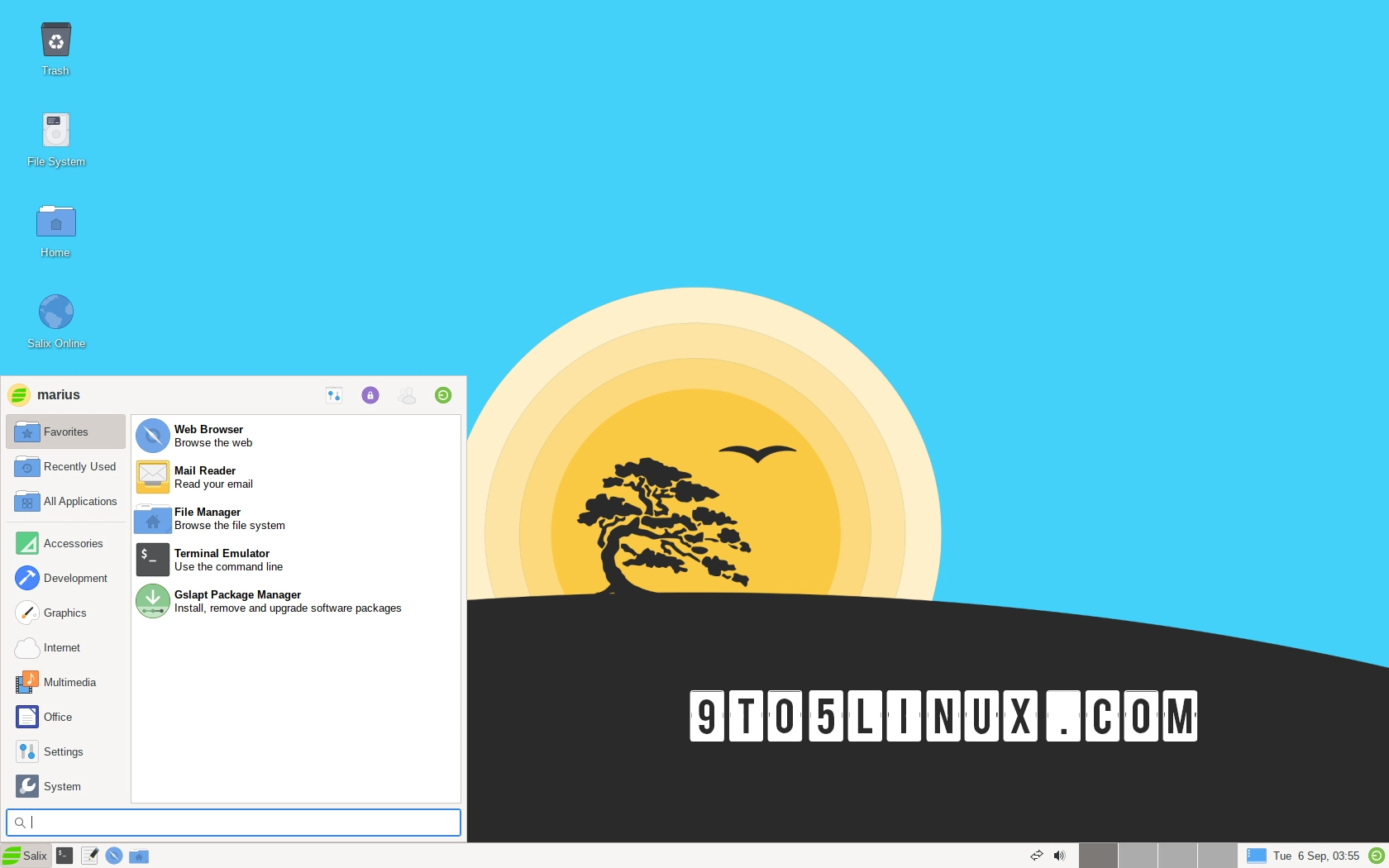Slackware Vs. Salix: Tradition Meets Efficiency

In the ever-evolving Linux distribution landscape, two names that often come up in discussions about stability and efficiency are Slackware and Salix. While both distros share a commitment to simplicity and performance, they approach these goals from different angles, offering unique advantages and considerations for users.

Slackware: The Patriarch of Stability

Slackware, first released in 1993, is one of the oldest and most respected Linux distributions still actively maintained. Known for its unwavering adherence to traditional Unix principles, Slackware prioritizes stability and simplicity above all else.
It features a relatively minimalistic installation process, giving users complete control over the packages they install and the configuration of their system. This approach empowers experienced users who value customization and fine-tuning their systems.
However, for those seeking a more user-friendly experience or pre-configured desktop environment, Slackware may require additional effort to set up and maintain.
Salix: Balancing Tradition and Modernity
Salix, a relatively newer distribution compared to Slackware, emerged in 2024. It strikes a balance between the traditional values of Slackware and the conveniences of more modern distros.
Salix provides a user-friendly graphical installer, preconfigured desktop environments, and a comprehensive package management system, making it more accessible to users of varying experience levels. Salix stays true to its Slackware roots by inheriting its stability and focus on simplicity, ensuring a reliable and efficient system.
Additionally, Salix includes a collection of carefully curated packages, providing users with a selection of essential software and utilities without overwhelming them with excessive bloat.
Choosing Between Slackware and Salix
The choice between Slackware and Salix ultimately depends on individual preferences and priorities.
For users who value absolute control over their system, a minimalistic approach, and the stability that comes with a proven track record, Slackware stands as a solid choice. Its emphasis onUnix fundamentals and customization options empowers experienced users to mold their systems to their exact specifications.
Salix, on the other hand, offers a more balanced approach, combining the stability and simplicity of Slackware with a user-friendly installation process and a curated package selection. This makes it a more approachable option for users who seek a stable and efficient system without sacrificing ease of use or access to essential software.
Both Slackware and Salix offer strengths and considerations for different user profiles. By understanding the characteristics and approaches of each distribution, users can make an informed choice that aligns with their specific needs and preferences.

Slackware is awesome — open sourcing is really getting big these days. I’ve never tired Salix, could be worth a look.
Slackware is not userfriendly at all — I tried several times over the years and always end up with issues with packages update or dependency not meeting requirements.
Slackware is definitely the choice of Linux geeks — it’s been around forever and has never betrayed their users. In a virtual machine I installed Salix few months ago. Its ease of use may have lately caught up, but it still has a way to go to reach Slackware under that aspect.
Salix and Slackware both have pros and cons. Salix provides newer technologies and a nice interface, while Slackware stays more conservative.
They’re both great distros, but I recommend against Slackware for newbies — way too painful.
That’s just distro-elitism toward Slackware users — what an uninformed and useless opinion, not to mention clueless and out of touch.
Slackware has shown some very questionable ethical behaviour — Salix is a safer pick.
Can’t believe this joke of an article compares Slackware’s ancient and nearing abandonware status to Salix — completely irrelevant in this era.
Well, probably better to upgrade their current Slackware install than migrate to Salix, or move to a modern distro like Arch Linux or Void Linux.